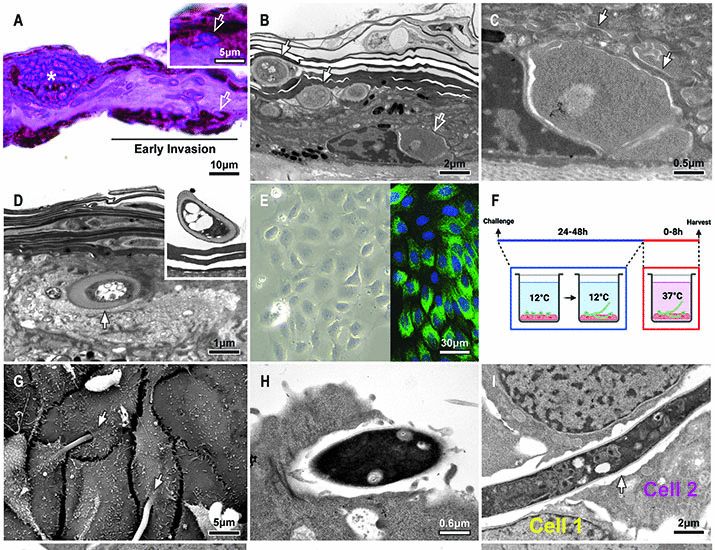Identify Identify new therapies. As a hobby, I enjoy brewing beer. Fungi are fascinating!
A Roadmap to Chemically Reactive Species: how diverse oxidants affect Candida albicans and other fungi.
doi.org/10.1128/mmbr...

A Roadmap to Chemically Reactive Species: how diverse oxidants affect Candida albicans and other fungi.
doi.org/10.1128/mmbr...
Dept. of Biochemistry and Cell Biology
Stony Brook University
Aging or infectious diseases
Candidates who seek to understand aging or infectious diseases at the molecular or cellular level are encouraged to apply.
apply.interfolio.com/171941
Dept. of Biochemistry and Cell Biology
Stony Brook University
Aging or infectious diseases
Candidates who seek to understand aging or infectious diseases at the molecular or cellular level are encouraged to apply.
apply.interfolio.com/171941
Microbial Pathogenesis
Stony Brook University
The Department of Microbiology and Immunology at Stony Brook University invites applications for a tenure-track faculty position in the areas of virology, microbiology, and host-pathogen interactions.
apply.interfolio.com/173203
Microbial Pathogenesis
Stony Brook University
The Department of Microbiology and Immunology at Stony Brook University invites applications for a tenure-track faculty position in the areas of virology, microbiology, and host-pathogen interactions.
apply.interfolio.com/173203
Stony Brook University
The Department of Microbiology and Immunology at Stony Brook University invites applications for an Associate Professor tenure-track faculty position in the areas of virology and microbial pathogenesis.
apply.interfolio.com/173140
Stony Brook University
The Department of Microbiology and Immunology at Stony Brook University invites applications for an Associate Professor tenure-track faculty position in the areas of virology and microbial pathogenesis.
apply.interfolio.com/173140


academic.oup.com/genetics/art...

academic.oup.com/genetics/art...
journals.asm.org/doi/full/10....

journals.asm.org/doi/full/10....

www.science.org/doi/10.1126/...

www.science.org/doi/10.1126/...
Antioxidant pathways that protect the human fungal pathogen Candida albicans during infection.
Antioxidant pathways that protect the human fungal pathogen Candida albicans during infection.
www.sciencedirect.com/science/arti...

www.sciencedirect.com/science/arti...
www.nature.com/articles/s41...

www.nature.com/articles/s41...
journals.asm.org/doi/10.1128/...

journals.asm.org/doi/10.1128/...
www.molbiolcell.org/doi/10.1091/...

www.molbiolcell.org/doi/10.1091/...

